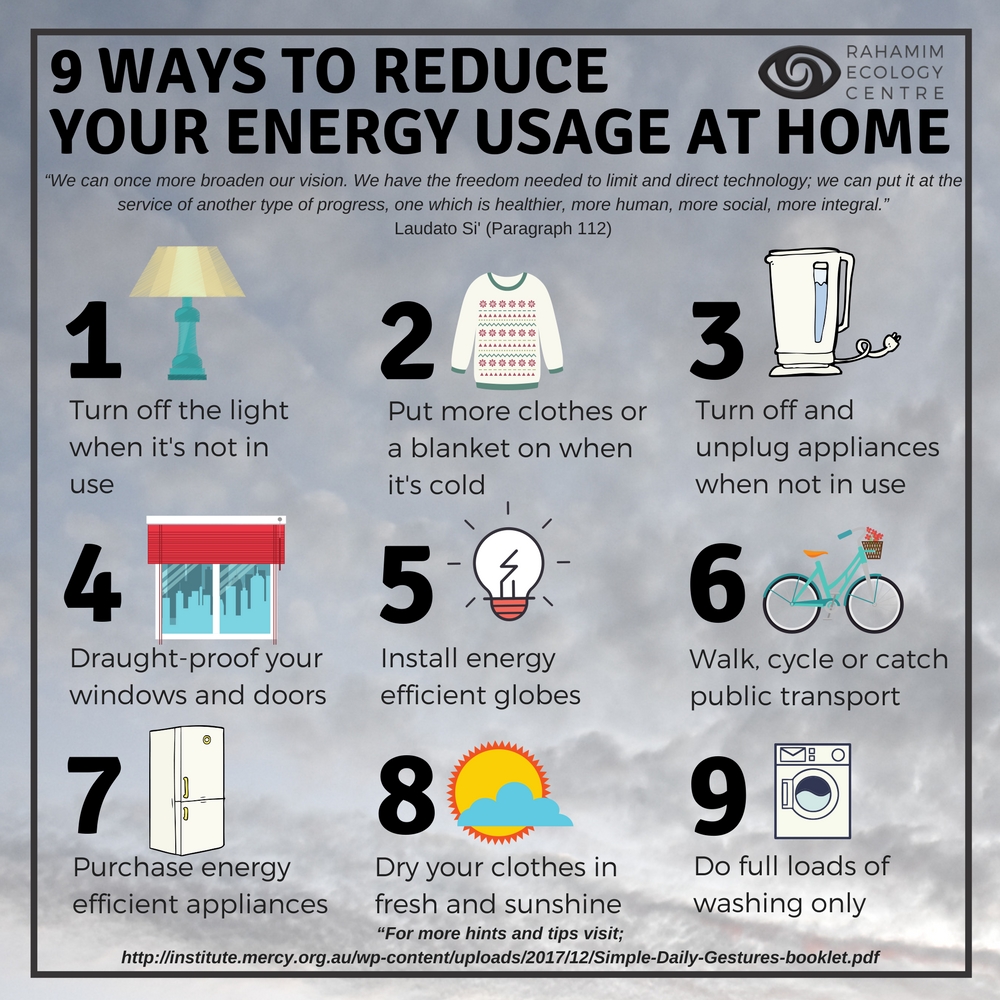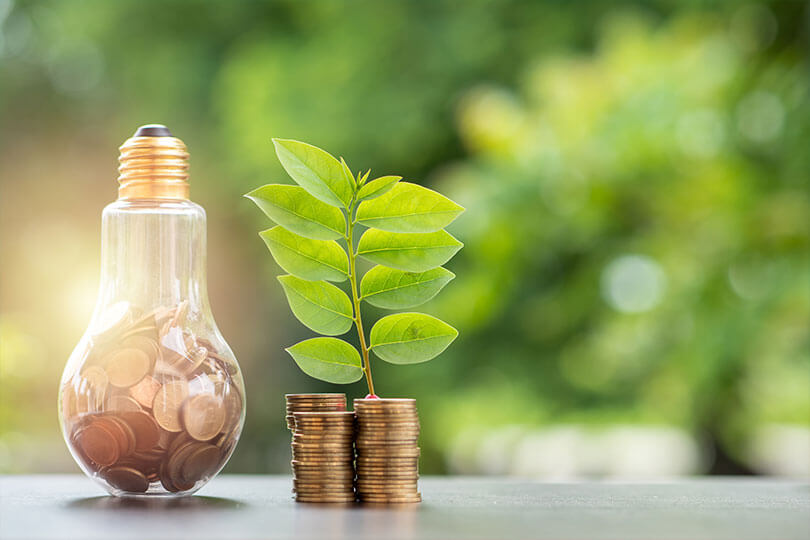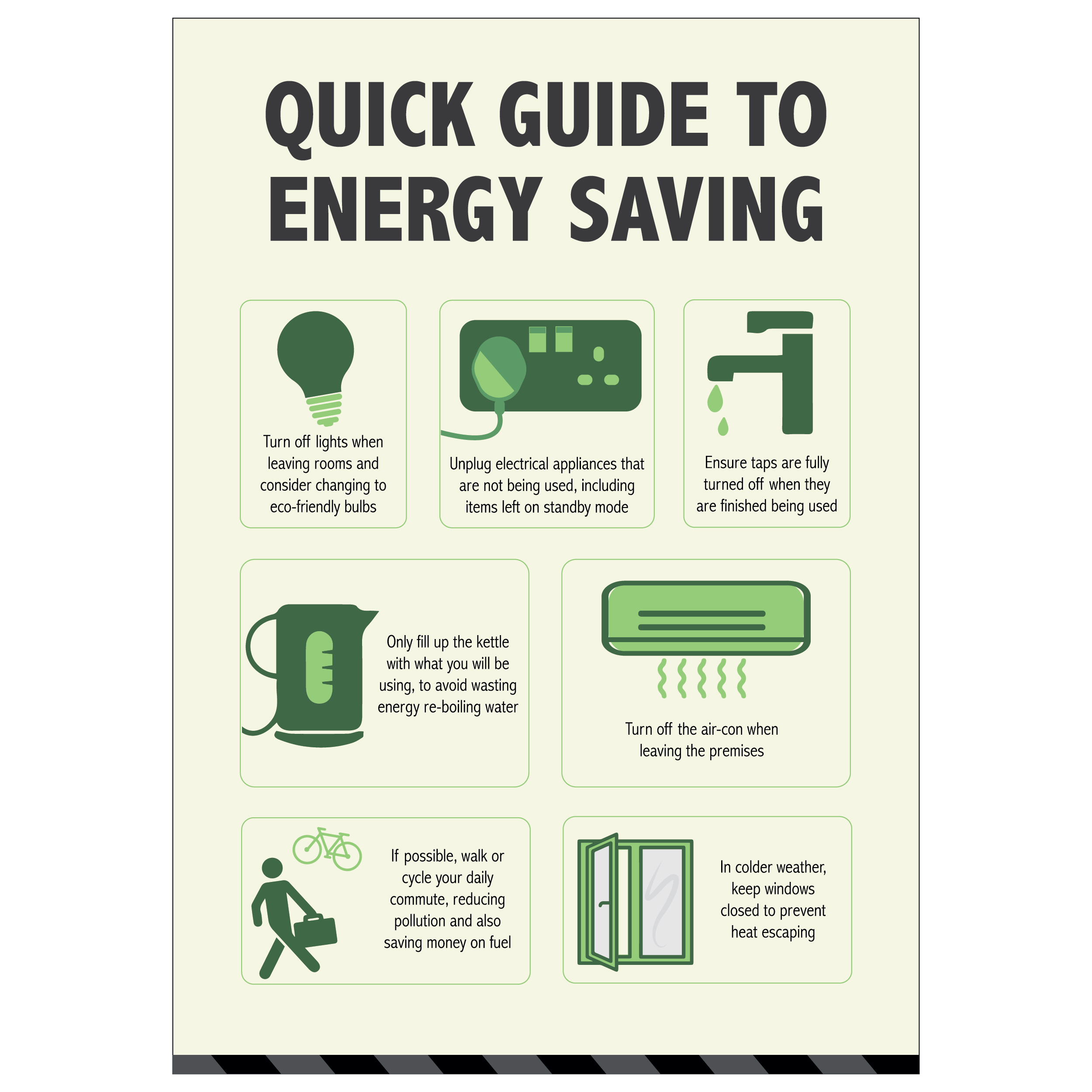Unlocking Savings: A Creative Guide to Reducing Energy Consumption
In today’s world, where energy costs are constantly fluctuating, reducing your energy consumption isn’t just an eco-conscious act; it’s a smart financial decision. This isn’t about drastic lifestyle changes; it’s about making subtle, strategic shifts that add up to significant savings over time. Think of it as a fun energy-saving treasure hunt in your own home!
The Energy Vampires Lurking in Your Home
Before we dive into solutions, let’s identify the biggest energy culprits in your household. These “energy vampires” drain your wallet without you even noticing. The usual suspects include:
- Phantom Loads: Electronics left on standby (TVs, chargers, game consoles). These devices continue to draw power even when switched off.
- Inefficient Lighting: Incandescent bulbs are energy guzzlers compared to LEDs or CFLs.
- Leaky Air: Drafty windows and doors let precious heated or cooled air escape, forcing your HVAC system to work overtime.
- Outdated Appliances: Older refrigerators, washing machines, and dryers consume significantly more energy than newer, energy-efficient models.
- Water Heating: Heating water accounts for a substantial portion of household energy use.
Creative Strategies for Energy Savings: Beyond the Basics
We’ve all heard the usual advice: unplug electronics, use energy-efficient bulbs. But let’s explore some more creative, engaging ways to reduce your energy footprint and boost your savings:
1. The “Power Down” Game:
Turn this into a family competition! Each member gets a “Power Down” scorecard to track how many devices they successfully unplug each day. The winner gets a small reward – a fun way to engage everyone in energy conservation.
2. Smart Home, Smart Savings:
Embrace smart technology! Smart thermostats learn your preferences and adjust temperatures accordingly, saving energy while maintaining comfort. Smart power strips can automatically cut power to devices when not in use, eliminating phantom loads effortlessly.
3. Embrace the Power of Natural Light:
Open your curtains and blinds during the day to maximize natural light. This reduces your reliance on artificial lighting, especially during daylight hours. It’s free, environmentally friendly, and adds a cheerful ambiance to your home.
4. The “Laundry Ninja” Technique:
Master the art of efficient laundry! Wash full loads only, use cold water whenever possible (it saves a surprising amount of energy), and air-dry clothes whenever the weather permits. You’ll save on both energy and water bills.
5. Become a “Kitchen Energy Detective”:
Analyze your kitchen energy usage. Are you using the oven when a microwave or slow cooker would suffice? Are your pots and pans the right size for your stovetop burners? Small changes here can make a big difference.
Quick Wins: Simple Changes, Big Impact
| Action | Estimated Savings |
|---|---|
| Switch to LED Bulbs | Up to 75% on lighting costs |
| Unplug chargers | Reduces standby power consumption |
| Lower thermostat by 1-2 degrees | Significant heating cost reduction |
| Wash clothes in cold water | Reduces water heating energy use |
| Seal windows and doors | Minimizes energy loss through drafts |
The Long-Term Investment: Appliance Upgrades
While it requires a larger upfront investment, upgrading to energy-efficient appliances pays off handsomely in the long run. Look for the Energy Star label, which guarantees energy efficiency and performance. Consider the total cost of ownership – the initial price plus the energy savings over the appliance’s lifespan.
Beyond the Home: Expanding Your Energy-Saving Mindset
Energy conservation isn’t limited to your home. Consider carpooling, using public transportation, or cycling whenever possible. Small conscious choices in your daily routine can collectively contribute significantly to reducing your overall energy consumption and saving you money.
By implementing these creative strategies and mindful habits, you can transform your home into an energy-efficient haven, saving money and contributing to a greener planet. Start small, celebrate your successes, and watch your savings grow!

Additional Information
How to Reduce Energy Consumption and Save Money: A Detailed Analysis
Reducing energy consumption is a multifaceted endeavor offering significant financial and environmental benefits. It’s not just about flicking off lights; it requires a holistic approach involving behavioral changes, smart technology integration, and potentially some upfront investment. This detailed analysis breaks down key strategies:
I. Home Energy Audit & Understanding Your Consumption:
- Conduct a Home Energy Audit: This is the foundation. Professional audits provide detailed insights into your home’s energy efficiency, pinpointing areas of significant loss. They might involve infrared scans to detect thermal leaks, blower door tests to measure air leakage, and assessments of your insulation and HVAC systems. DIY audits are also possible using readily available online resources and simple tools like a thermometer.
- Analyze Your Utility Bills: Scrutinize past bills to identify peak consumption periods and appliances that contribute most to your energy usage. This helps prioritize areas for improvement. Many utility companies offer online tools for tracking and visualizing energy usage.
- Identify Energy Vampires: These are appliances and electronics that consume energy even when turned off (standby power). Unplug chargers, TVs, and other electronics when not in use, or use power strips to easily cut off power to multiple devices at once.
II. Improving Home Efficiency:
- Insulation: Proper insulation in attics, walls, and floors significantly reduces heat loss in winter and heat gain in summer. Consider upgrading to higher R-value insulation if needed. Air sealing is equally crucial to prevent drafts.
- Windows and Doors: Replace old, drafty windows and doors with energy-efficient models featuring double or triple glazing and weatherstripping. Caulk and weatherstrip existing windows and doors to minimize air leaks.
- HVAC Systems: Regular maintenance of your heating, ventilation, and air conditioning (HVAC) system is essential. This includes cleaning air filters, checking refrigerant levels, and ensuring proper airflow. Consider upgrading to a high-efficiency system (heat pump, for example) for significant long-term savings. Programmable thermostats allow for automated temperature control, further optimizing energy use.
- Appliance Efficiency: When replacing appliances, prioritize Energy Star-certified models, which meet stringent energy-efficiency standards. Consider their lifecycle cost, factoring in energy savings over their lifespan.
- Lighting: Replace incandescent bulbs with LED lights. LEDs consume significantly less energy and last much longer. Utilize natural light whenever possible.
III. Behavioral Changes & Smart Technology:
- Conscious Energy Use: Develop habits like turning off lights when leaving a room, using natural light whenever possible, and avoiding running appliances when not necessary (washing machines, dishwashers).
- Water Heating: Lower your water heater temperature to 120°F (49°C) to reduce energy consumption. Consider taking shorter showers and fixing leaky faucets.
- Smart Home Technology: Smart thermostats, lighting, and power strips allow for automated control and optimization of energy use. These can learn your habits and adjust settings accordingly, maximizing efficiency.
- Energy Monitoring Systems: These systems provide real-time feedback on your energy consumption, helping you identify areas for improvement.
IV. Financial Considerations & Incentives:
- Rebates and Tax Credits: Many government agencies and utility companies offer rebates and tax credits for energy-efficient upgrades. Research available incentives in your area.
- Financing Options: Consider financing options for major energy efficiency improvements, such as new windows or HVAC systems, if upfront costs are a barrier. The long-term savings can often offset the financing costs.
- Return on Investment (ROI): Calculate the ROI of energy-efficiency improvements to determine the financial viability of each upgrade. Consider the cost of the upgrade versus the projected energy savings over its lifespan.
V. Beyond the Home:
- Transportation: Consider carpooling, using public transportation, biking, or walking to reduce your reliance on fuel-consuming vehicles. Electric vehicles (EVs) are becoming increasingly accessible and offer significant environmental and cost benefits.
- Sustainable Consumption: Reduce your overall consumption by buying less, choosing durable products, and repairing items instead of replacing them.
Conclusion:
Reducing energy consumption and saving money is a continuous process. By systematically implementing these strategies, you can significantly lower your energy bills, reduce your environmental impact, and contribute to a more sustainable future. Remember to prioritize measures with the highest ROI and leverage available incentives to maximize the benefits.

